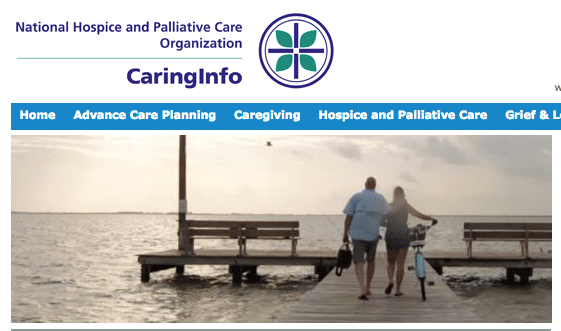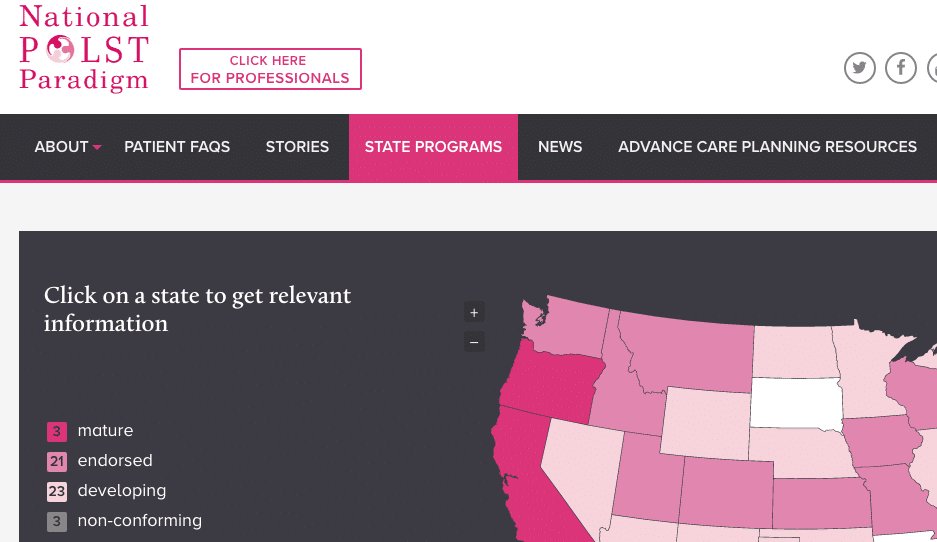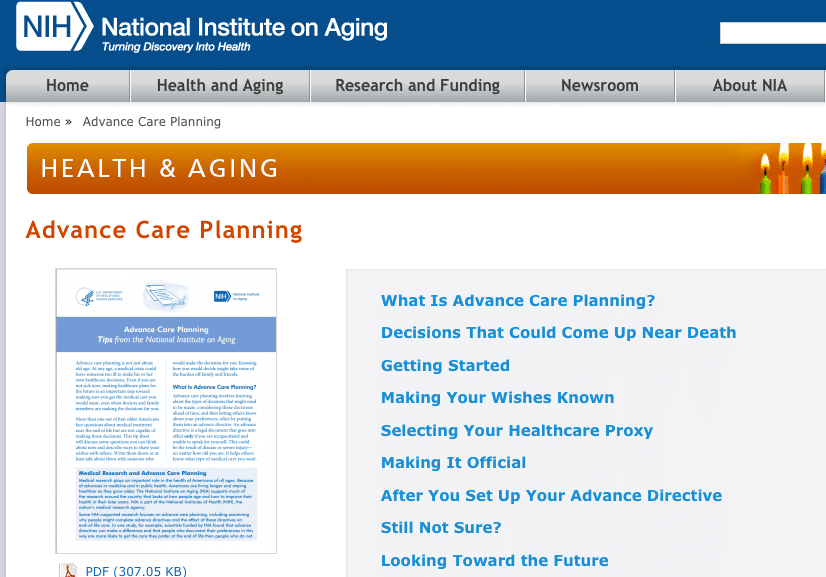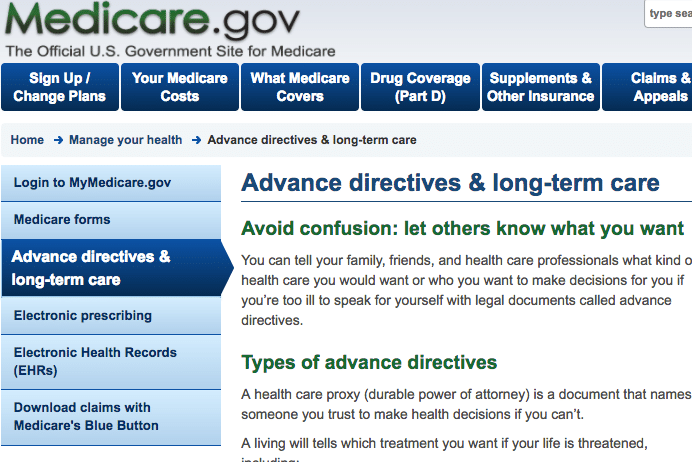What are Advance Directives?

Advance Directives Let Others Know How You Want to be Treated
Think of advance directives as your ability to have a clear voice in the care you receive, even when you are no longer capable of making decisions for yourself. Advance care planning is not only for old age, and that’s a common mistake that is made in thinking of it as such. Couldn’t you suddenly become ill or injured? If that happened, your family and doctors would be making decisions about your medical treatment. Do they know what kind of medical care you want? Only Advance Directives legally communicate your wishes.
Discover
(Click to See Answers)
At what age should you begin to fill out your Advance Directives?
- Start completing your Advance Directives while you’re still healthy. You can change your decisions at any time and update the documents to reflect those changes.
- Most states consider persons 18 years of age and older as adults. It is encouraged that all adults, as early as possible, talk with their family and draft Advance Directives. The earlier the better.
Is an attorney required to record and make Advance Directives legal?
Do you need to have a separate advance directive for each state in which you reside during the year?
- You have mutliple homes in different states where you live at different times of the year
- You travel for work and split your time between your home residence and offsite temporary housing
- You live on the border of two states in which you spend time in both
%
% of adults 18 and older who have concerns about end-of-life care (HHS & GAO)
%
The % of adults 18 and older who have an Advance Directive (HHS & GAO)
%
The % of adults 40 and older who have an Advance Directive (IOM - Dying in America)
Watch this Short Video from NIH Senior Health.
Learn About Each of the Documents that are Part of an Advance Directive.
Now What?
Tools & Resources at Your Fingertips
Power of Attorney for Health & Living Will
The National Hospice and Palliative Care Organization’s searchable state data base provides you with the forms you need to complete your Advance Directives. NOTE: There is no download for Do Not Resuscitate (DNR). The form must be completed by/with your doctor, who has the form. As relayed within CaringInfo’s material, even if a living will say DNR, EMS (paramedics) will attempt resuscitation unless there is a physician co-signed DNR.



